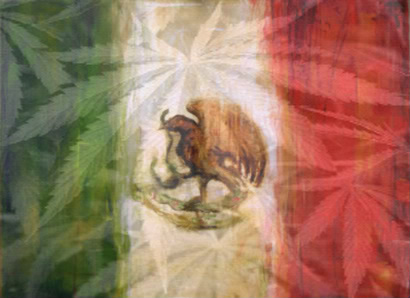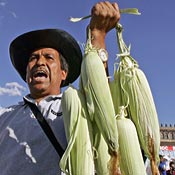Thousands of protestors flooded the rutted streets of Ciudad Juarez last week, railing against the massacre of 15 people, 10 of who were teenagers, which occurred last month. Mexican President Felipe Calderon was there, offering his condolences to the families and plans to stabilize the city.
This has been the deadliest year since President Calderon took office in 2006 and declared to heighten efforts with the ongoing war on drugs. In 2009 alone 7,600 Mexicans have been killed, 1,600 of them in Juarez alone.
“We’re looking for solutions from Juarez because you are the ones living it,” he said.
This is not only Mexico’s problem. Border violence from the war on drugs is streaming into the United States. Over 230 prominent US cities have Mexican drug-related violence, according to the Justice Department’s National Drug Intelligence Center. The cities are not limited to border regions such as El Paso, only a quarter-mile away from Juarez. They are cities such as
- Boston
- Houston
- Chicago
- Los Angeles
- Miami
- Atlanta
The war on drugs is one of the most pressing matters in US foreign policy with Latin America. It is a complex, multi-faceted battle that encompasses a wide stretch of compounding issues. Transnational issues like:
- Increased military involvement
- Environmental hazards
- Civil unrest at border cities
- Unjust treatment of detainees at border facilities
- Deaths of civilians, police, and cartel members
Billions of dollars are spent fighting this war, much to some tax-payers’ chagrin. For Plan Columbia alone, the United States spent $4.7 billion. The Merida Initiative, launched in June 2008, will invest another $1.6 billion over a three-year period.
In a study conducted by Harvard economist Jeffery Miron, he argues the decriminalization and legalization of drugs, saying it will pump an astronomic $76.8 billion into our economy.
Is it worth it?

more photos of the War on Drugs.

